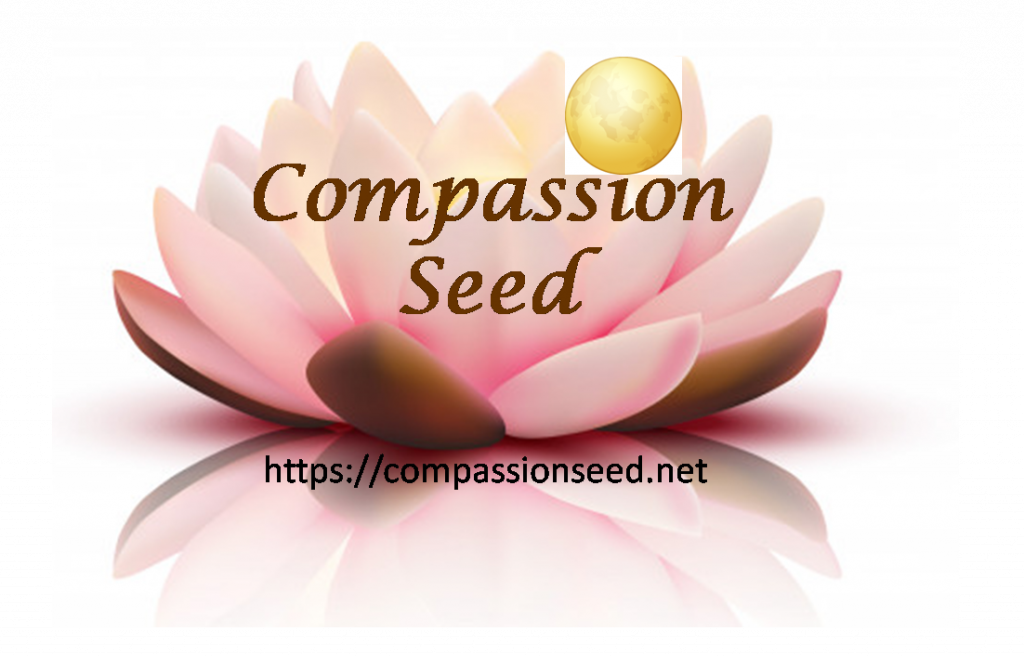It was during Sera Jey International Summer Camp for students from all around the world. It was a meaningful experience with them as well as my humble way to express my gratitude towards the monastery and my teachers and Gurus who gave me Everything.
Meditation Posture According to Vairochana
- Legs:
Sit cross-legged in the vajra (full lotus) posture, which stabilizes the body.
For most practitioners, this position is difficult at first; flexibility can be developed gradually.
If full lotus is not possible, the half lotus or simple cross-legged sitting is also acceptable.
Practical note: sitting cross-legged for long periods can deform the feet and affect the knees in later life, so it is important to balance meditation with physical exercise if one practices regularly.
- Hands:
Place both hands on the feet, the left hand beneath the right, with the tips of the thumbs lightly touching.
Avoid raising the hands too high, as this creates shoulder tension. Resting them on the thighs or feet allows the shoulders and neck to remain relaxed, supporting concentration.
- Spine:
Keep the spine upright. In full lotus, the spine naturally aligns itself.
Use a meditation cushion slightly higher at the back than the front to prevent slouching.
An upright spine allows the channels and subtle energies to flow properly, aiding concentration and mental stability.
- Teeth, lips, and tongue:
Relax the jaw, neither clenching the teeth nor pressing the lips tightly.
Place the tongue against the upper palate just behind the teeth to reduce saliva and avoid frequent swallowing, which can disturb focus.
The aim is to keep the mouth stable and undistracted.
- Head:
The head should be slightly downward, avoiding lifting it too high or dropping it too low.
Head too low can cause dizziness, while raising it too high strains the neck.
The balanced position of the head ensures proper breath flow and eye direction.
- Eyes:
Keep the eyes half- open, gazing gently downward.
Closing the eyes is discouraged, as it can lead to drowsiness or inner distractions and disrupt concentration.
Keeping the eyes lightly open helps cultivate stability while avoiding external distractions.
- Shoulders and facial expression:
Relax the shoulders, keeping them lowered.
Maintain a soft facial expression, avoiding furrowed brows or unnecessary muscular tension.
The more relaxed the face, the calmer the mind becomes.
Cultivating relaxed shoulders and facial muscles should extend into daily life, reducing habitual stress and tension.
- Breathing:
Breathe naturally through the nose—not too fast, not too slow.
One may practice mindfulness of breathing: focusing on the nostrils, or observing the abdomen rise and fall with the breath if greater concentration is needed. Counting breaths can be used as a method, but it is not the goal. Practitioners usually count up to a certain number and then begin again.
There is also the practice of the Nine-Round Breathing:
Start with both hands on the knees, then sweep them up the thighs and make fists, striking lightly under the armpits. Block one nostril with a finger, inhale slowly, and exhale through the other nostril, repeat three times. Switch sides and repeat three times.
Finally, open both hands and breathe through both nostrils three times.
The aim of this exercise is to bring the mind into a neutral, balanced state, preparing for positive states of meditation.
A practical teaching to remember:
Do not cling too strongly to complex visualization practices if you have not yet attained mastery. Worrying about performing visualizations “correctly” can disturb the mind, especially at the time of death.
Instead, focus on generating bodhicitta, maintaining commitment to the path, and dedicating merit. This will stabilize the mind in the dying process far more than attachment to visual details.
Meditation posture is not only an outward form but it is the harmony of the legs, hands, spine, head and face, breathing, and mind.
For beginners, it is better not to meditate for excessively long sessions, as this can lead to agitation or dullness. Short but frequent meditation periods are more beneficial.
Lama Nawang Kunphel.

